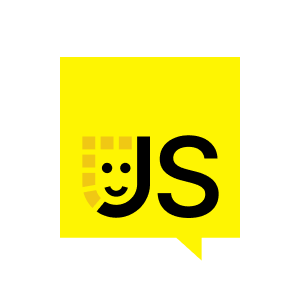So if user is not authenticated, or if it's not authorized to access a resource, it will throw an error. Bleeds also comes with code scaffolding. You can use Bleeds command line to generate models, resolvers, and pages. For example, Bleeds generate all project command will create pages to list, add, and edit new projects. It will also create a new form component to create new projects. And finally, it will generate all the necessary queries and mutations.
Then we have recipes, which were mostly inspired by Gatsby, and they provide us with an easy way to extend our applications. We have a bunch of recipes in Bleeds, and they allow to, for example, add UI libraries, deployment setup, logging tools, and a few more things. So another cool thing that Bleeds introduced is type safe routes. Let's say you have a page called products page. In a different page, you can import the routes object from Bleeds, and then you can refer to the products page by name instead of providing a string with an URL.
So if you want to get started with Bleeds, you can install it globally and then run Bleeds new command. You will need to pass a name for your project, and then it will ask you a few questions. For example, whether you prefer JavaScript or TypeScript, what form library you want to use, and what is your preferred package manager. Till now, I was mostly talking about the Bleeds framework as it is now, but now let me tell you about the future of Bleeds toolkit. At the end of the previous year, Brandon, the creator of Bleeds has announced the Bleeds pivot. The plan is to move to a framework agnostic toolkit that preserves all the developer experience that Bleeds has and all the features that developers love about Bleeds, but we want to bring it to not only Next.js users, but also Remix, Spaltkit, Nuxt, and so on. This was a huge, huge decision, and it was a huge change for the Bleeds community. As we were reading the feedback and we were going through what people were saying about pivot, it only made us more sure that this is the right decision. The feedback was very, very positive, and most people said that this is the best direction for Bleeds. So Bleeds is a community project and we value community of our code, so we wouldn't be able to make this decision if it wasn't for this feedback, and if it wasn't for people telling us that this is the best choice. So you might be wondering why you even started thinking about it. So over 100,000 projects were created with Bleeds and we recently, a few months ago, passed the 10,000 GitHub stars milestone. Bleeds got tons of positive feedback, and people were saying that it made them super, super productive. However, as I mentioned before, this is based on top of Next. What's more, a few months ago we forked the Next.js repository, which on the one hand was a good decision because it allowed us to remove some custom compiler step and it allowed us to hook directly into the next code. On the other hand, it slowed us down as the migration to the fork was taking time and we were catching up to Next.js. They have a great team and they make tons of amazing things, so it's kind of difficult to stay up to date. The growth of Bleeds kind of stagnated, and we are very much looking forward to improve that. So let's talk about the Pivot's objectives.























Comments